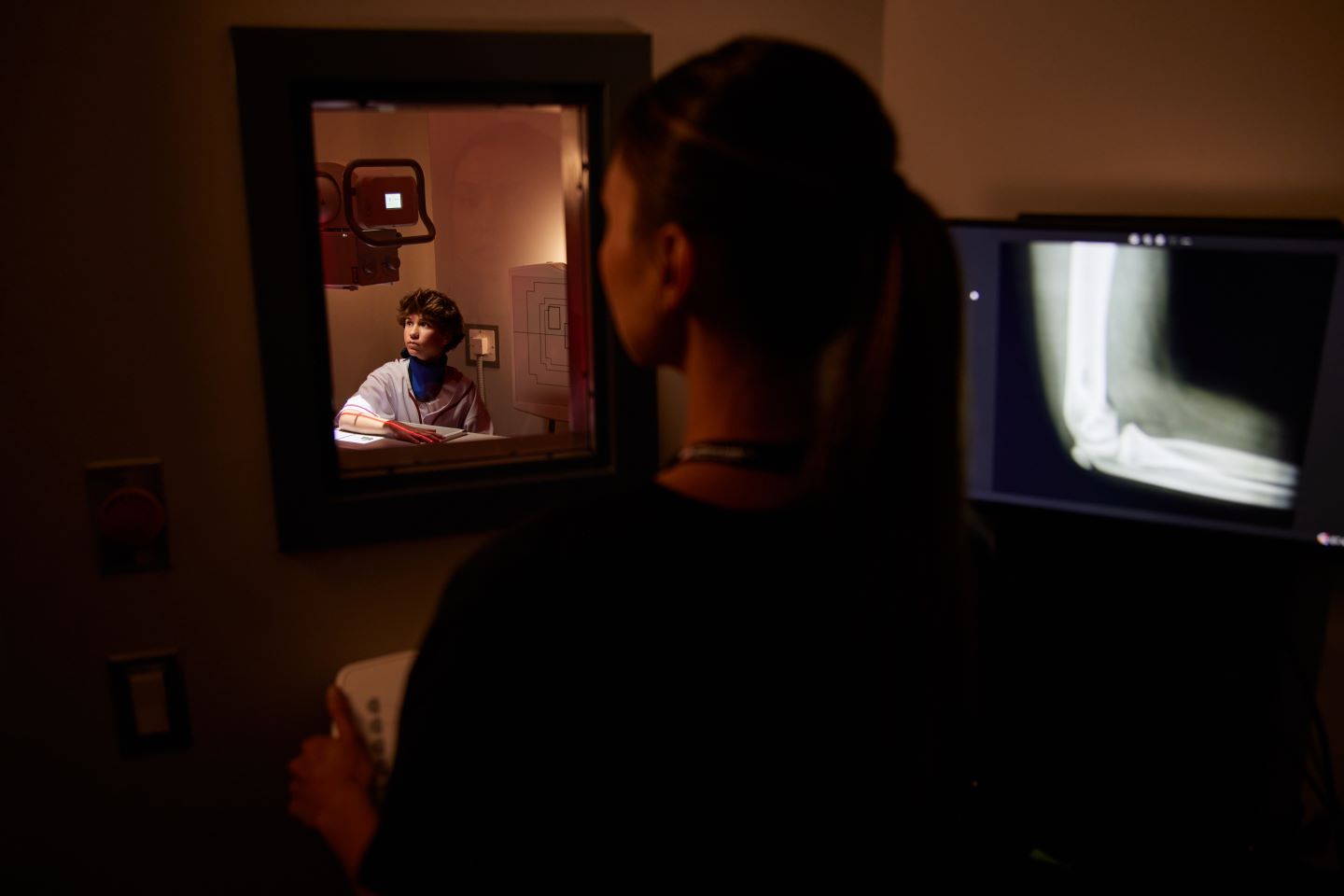Whether at a desk in the office or working remotely from home, many employees spend the majority of their day seated. While this may seem like a routine part of adult life, research has shown that a sedentary lifestyle can impact our health.
Workplace wellness programs offer a solution. These initiatives can help counteract the negative effects of sitting and promote overall well-being. Join us as we explore the dangers of prolonged sitting and how employee wellness programs can play a vital role in improving health.
The Health Risks of Prolonged Sitting
Prolonged sitting is more than just uncomfortable—it can have serious long-term effects on your health. Research shows that spending hours seated at work can lead to a wide range of physical and mental health issues. For many, sitting for long periods contributes to cardiovascular problems, as reduced movement impacts blood flow and circulation. This can increase the risk of heart disease, which remains a leading cause of death in the US.
In addition to heart health, extended sitting is closely linked to weight gain and obesity. When you spend much of the day sitting, your body burns fewer calories, making it easier to gain weight. This sedentary lifestyle can also increase your risk of developing diabetes, as it negatively affects how your body regulates blood sugar levels.
But the risks don't stop there. Sitting for too long can lead to musculoskeletal issues, especially in the lower back, neck, and shoulders. Poor posture and hours of immobility can cause chronic pain and stiffness in these areas. Over time, this can also weaken your core muscles, leading to further deconditioning and increased susceptibility to injury.
How to Fix Lower Back Pain from Sitting
Lower back pain is one of the most common complaints among people who spend long hours sitting. Prolonged sitting can put significant stress on the spine, weaken the core muscles, and tighten the hip flexors, leading to persistent discomfort and pain.
- Improve Your Posture: Good posture is key to reducing lower back pain. When sitting, ensure that your back is straight, your shoulders relaxed, and your feet flat on the floor.
- Take Frequent Breaks: One of the most effective ways to combat lower back pain from sitting is to take frequent breaks to stand up and move around.
- Stretch and Strengthen: Stretching and strengthening exercises incorporated into your routine can also help alleviate lower back pain.
- Use Ergonomic Support: Ergonomic chairs and accessories can make a significant difference in reducing lower back pain.
- Stay Active Outside of Work: Regular physical activity outside of work is essential for preventing and managing lower back pain.
The Role of Workplace Wellness Programs
These programs offer more than just fitness perks—they contribute to the overall well-being of employees, improve productivity, and foster a positive work culture.
One primary goal of wellness programs is to increase physical activity throughout the day. Many companies offer initiatives such as standing desks, walking meetings, or fitness challenges to encourage employees to move more.
Wellness programs don’t just focus on physical health—they also address mental well-being. Regular physical activity, even in small doses, has been shown to reduce symptoms of stress, anxiety, and depression.
Healthier employees tend to be more productive. Wellness programs that promote physical and mental health lead to higher energy levels, improved concentration, and reduced fatigue throughout the workday.
Visit AFC in Sedalia MO for Comprehensive Occupational Healthcare
With locations nationwide, AFC in Sedalia MO makes it easy for your employees to access the care they need. Our clinics offer extended hours, walk-in services, and on-site occupational health services, ensuring your team can get the medical attention they need without long wait times or complicated appointment scheduling. From routine check-ups to urgent care, AFC in Sedalia MO provides convenient solutions to keep your workforce healthy.
Contact an American Family Care location to learn how our occupational healthcare services staff can support your team’s well-being.



